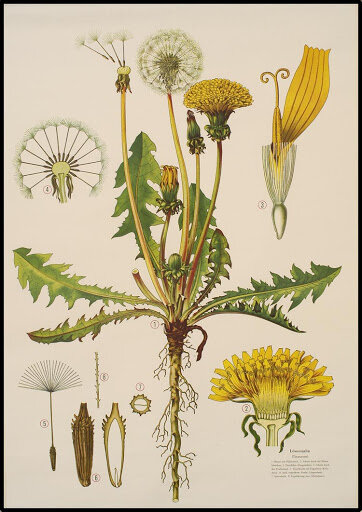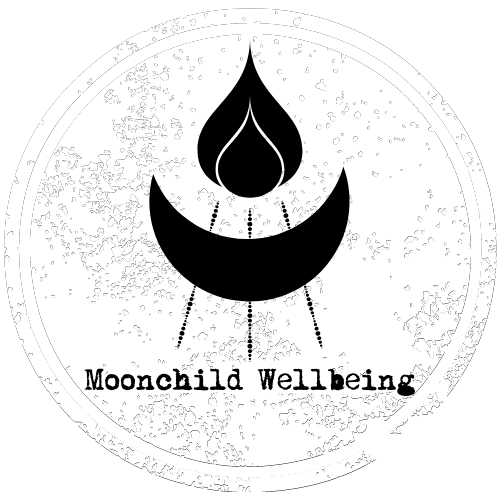Dandelion Monograph

Dandelion, the heralder of Spring, tenacious warrior, beacon of hope and joy. How this soulful little flower became so detested in mainstream America will never make sense to me. Most people will recognize this common ‘weed’ but how well do you really know Dandelion?
Botany:
Dandelion, Taraxacum officinale, is a member of the Asteraceae family. Native to Eurasia, Dandelion can now be found in temperate climates all over the world. The simple toothed leaves of Dandelion grow in a basal rosette around the stem and the bright yellow flowers are actually made up of hundreds of tiny individual ray flowers. Dandelions grow in disturbed areas like roadsides and lawns and non-disturbed areas like fields and mountains. Chances are there’s a Dandelion growing near you right now!

Medicinal:
Dandelion’s recorded medicinal use dates back to the 7th century and all parts of the plant have been used extensively by people- traditionally and medically- all over the world ever since. Energetically, Dandelion is cool, dry, and bitter. It has affinity for the liver, gallbladder, and kidneys. It’s ruled by Jupiter and associated with Earth and Water elements.
Dandelion root is edible and nutritious, filled with vitamins and minerals like iron, calcium, potassium, inulin, and more. Medicinally Dandelion root acts as a gentle stimulant for the liver- moving stagnation, reducing excess heat and inflammation, and improving transformational function. For hormonal imbalances, PMS, poor digestion and assimilation, skin issues, excess anger, and ‘hot-headedness’ look to Dandelion root to support the liver.
Dandelion leaf has been extensively used as a Spring tonic. Eaten fresh or cooked, the bitter flavor acts as a stimulating digestive tonic helping to move along the heavier foods of winter. Dandelion leaves are also highly nutritious containing calcium, phosphorus, potassium, inulin, and more. Medicinally Dandelion leaf is considered a diuretic which promotes urination, helping to rid the body of toxins by flushing and supporting the kidneys.
Dandelion flowers are nutritious and edible. They are a digestive tonic and promote eye health. Dandelion flowers are also an important Spring food for bees who are vital for pollinating our crops.
Dandelion is safe for children, pregnancy, and lactation. It’s important to note, however, that since many Dandelions are treated with pesticides and other toxic chemicals it’s vital to ensure you’re harvesting your Dandelions from a clean area before eating or medicine-making.

Ideas for using Dandelion:
Roots: harvest in the Fall. Cook with root veggies, roast for tea, extract with vinegar for mineral rich dressings. Extract with alcohol, glycerin, or oil for medicine.
Leaves: harvest in Spring or early Summer before the bitterness becomes unpalatable. Use in salads, smoothies, cook with other greens, make pesto, drink as tea or extract with vinegar for dressings. Extract with alcohol, glycerin, or oil for medicine.
Flowers: harvest throughout the growing season. Eat in salads, brew as tea, fry them up into fritters, make into wine or jam, or add to your favorite baking recipes. Extract with alcohol, glycerin, or oil for medicine.

I absolutely love using Dandelion. The roots are a staple ingredient in my personal tea blends and glycerites, the leaves and flowers are part of my annual nutritive vinegar recipe and often find their way into salads and other recipes, and I enjoy using Dandelion oil as part of my skincare routine. My toddler loves helping me harvest the flowers and it’s such an accessible way to connect children to the Earth and teach herbalism as part of daily life.
How will you connect with Dandelion today?

